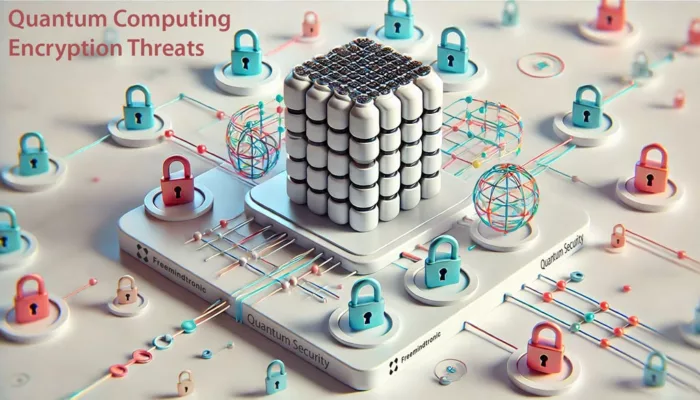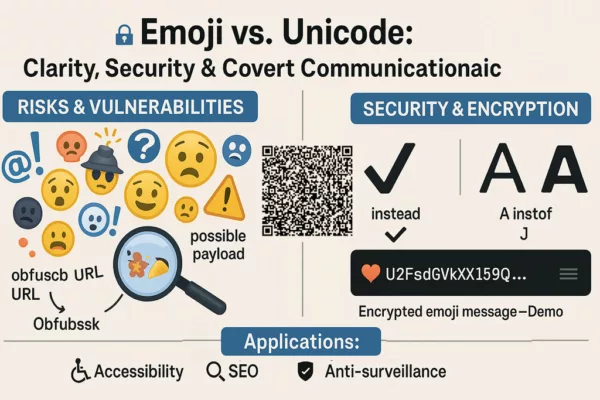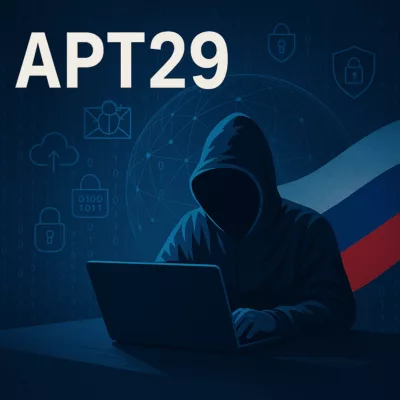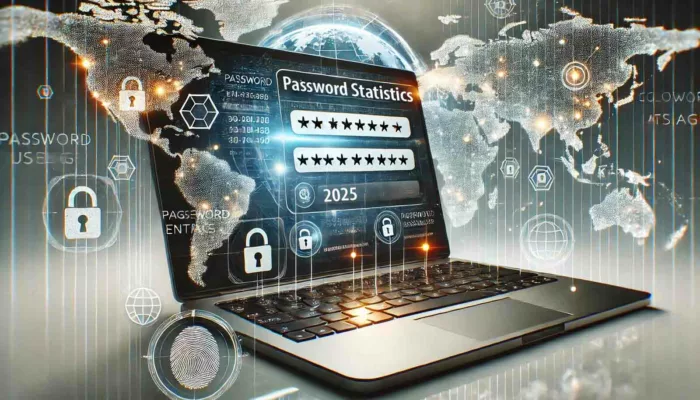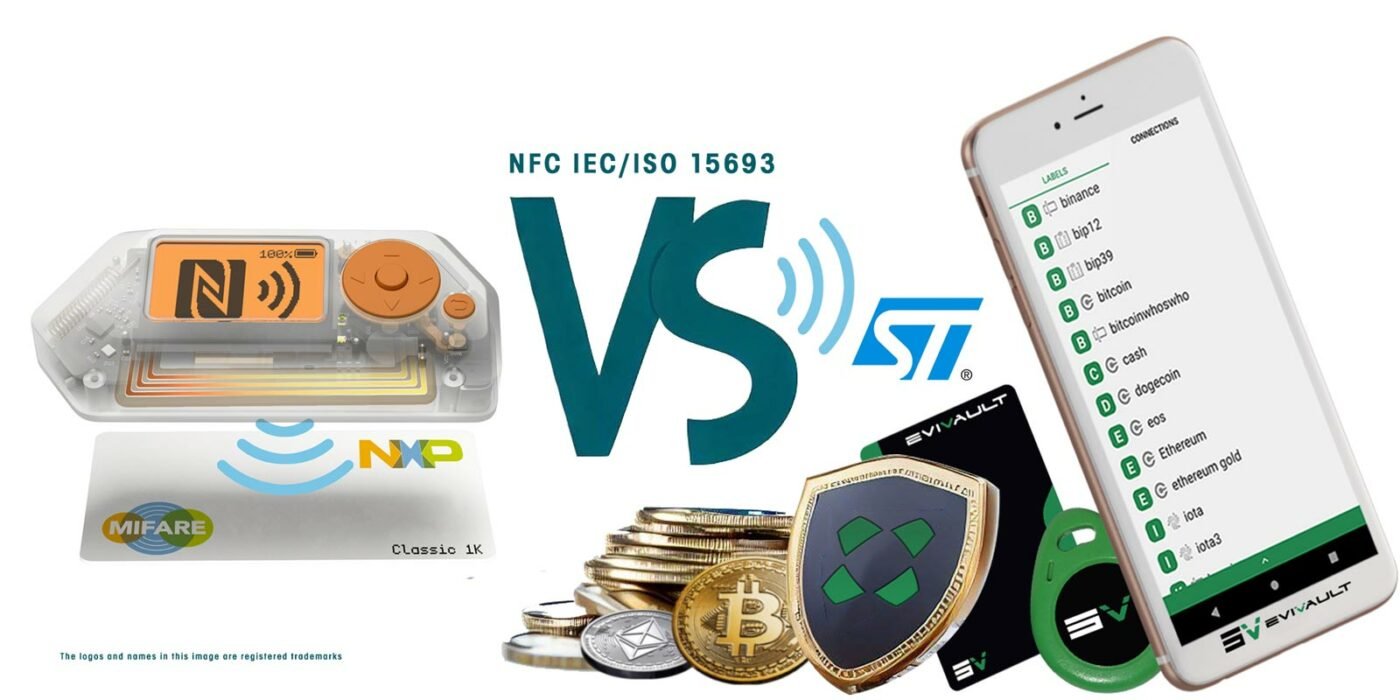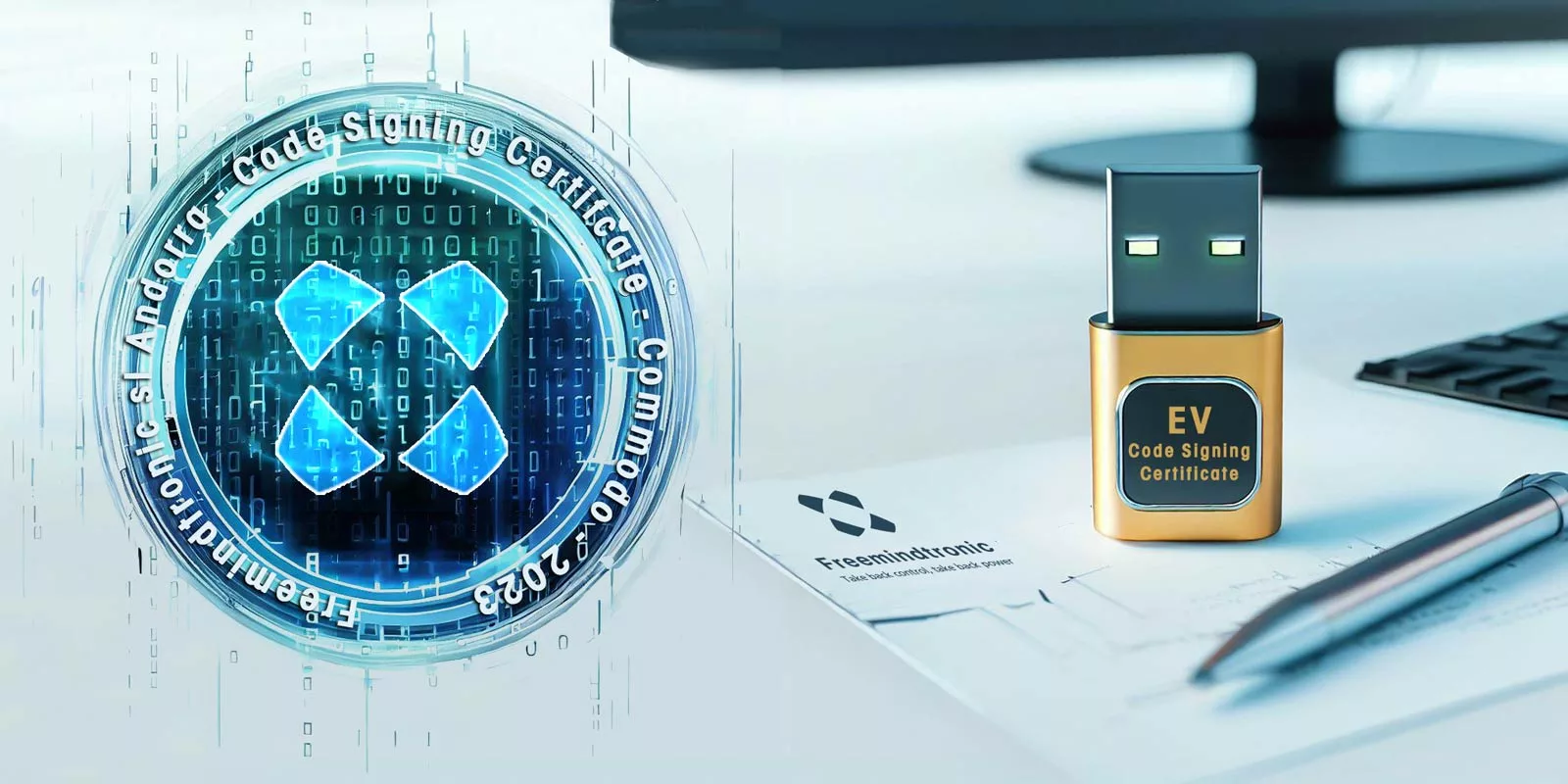Pegasus: The Cost of Spying with the Most Powerful Spyware in the World Pegasus is a spyware developed by the Israeli company NSO Group. It allows to remotely monitor the activities of a mobile phone. According to an investigation conducted by a consortium of international media, several countries have used this software to spy on […]
Stay informed!
Join our community of technology enthusiasts! Subscribe to our newsletter and receive exclusive updates on the latest news, special offers, and tips from Freemindtronic. Stay informed on the latest technology trends, discover new products, and be among the first to take advantage of them. Sign up now by entering your email address below. Don't miss any updates from Freemindtronic!

